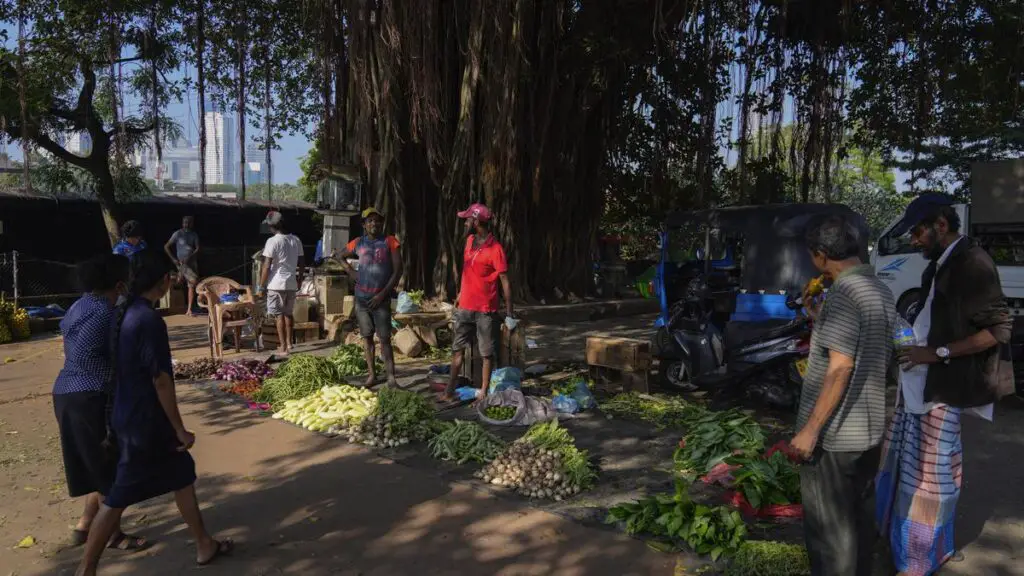As the economy of Sri Lanka emerges from its worst crisis in recent history, the government is working on finalizing a foreign debt restructure by the beginning of April. The island nation defaulted on its $46 billion foreign debt in 2022, leading to severe shortages that sparked protests and the ouster of then-President Gotabaya Rajapaksa. With more than $83 billion in debt, over half of which is owed to foreign creditors, the country declared bankruptcy in April 2022. The situation forced the government to secure a $2.9 billion International Monetary Fund (IMF) bailout, contingent upon a debt deal that satisfies foreign creditors.
Foreign Debt Restructuring Timeline
The target for the completion of the debt restructuring is set within the first quarter of the year, according to President Ranil Wickremesinghe’s office. The IMF released a $337-million second tranche of its four-year loan last month after Colombo secured an “in principle” debt agreement with China, Sri Lanka’s largest bilateral lender.
International Monetary Fund (IMF)
China’s Role in Debt Agreement
Details of the debt agreement with China have not been disclosed by either party, although the IMF has confirmed its sufficiency for ensuring the island’s debt sustainability. Official sources in Sri Lanka revealed that the Chinese deal involves extending the tenure and reducing interest on bilateral loans, avoiding a haircut on its loans.
Embassy of the People’s Republic of China in the Democratic Socialist Republic of Sri Lanka
Engagement with Japanese Bilateral Creditor
Japanese finance minister Shunichi Suzuki expressed “optimism” about Sri Lanka’s economy during his visit to the island, highlighting its modest 1.6% growth in the September quarter, the first expansion since the debt default. The government has been engaging with Japan, representing Sri Lanka’s second-largest bilateral creditor, to address the economic challenges.
Challenges and Civil Unrest
Efforts to secure debt agreements with bilateral lenders and international sovereign bond holders have faced delays, partly due to China’s reluctance to consider a haircut on its existing loans, which make up 10% of the island’s total foreign debt. The economic crisis also led to months of civil unrest, culminating in the ouster of the then-president Gotabaya Rajapaksa when thousands of protesters stormed his home.
Government Measures and IMF Bailout Deal
To address the economic challenges and adhere to the IMF bailout deal, President Ranil Wickremesinghe’s government has implemented measures such as doubling taxes, withdrawing generous energy subsidies, and raising prices of essentials to shore up state revenue. These measures aim to create financial stability and meet the conditions set by the IMF.
Ministry of Finance – Sri Lanka
Despite the difficulties faced, there are signs of cautious optimism as Sri Lanka navigates its path to economic recovery. The government’s engagement with international partners and its commitment to addressing the debt crisis offer hope for a brighter future amidst the challenges.

